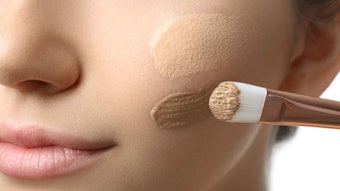Skin color varies greatly around the world, and desired skin color is often dependent on regional habits and practices that denote healthy skin. There is always a need to modulate the appearance of skin color and its uniformity. This can be done by adapting the amount of melanin in the skin; maintaining the appearance of healthy skin by using suitable UV absorbers/reflectants, darkening of the skin with self-tanning actives such as dihydroxyacetone (DHA) and lightening the skin by inhibiting the melanogenesis activity of tyrosinase.
Skin color is primarily determined by the amount of melanin, a brown-black pigment, present in the skin. Due to the dark color of the pigment, lower amounts of melanin result in lighter skin color while higher amounts result in darker skin color. Melanin is formed by the oxidation of the amino acid tyrosine to dihydroxyphenalanine in melanocytes, which is catalyzed by the enzyme tyrosinase.
The term “skin lightening” has been positioned in the cosmetic market to denote the return of skin’s color to a more natural transparent tone, providing a more even skin tone and lighter skin pigment. Topical skin lighteners suppress production of melanin pigment, prevent darkening of the skin or modify pigmentation such as blotches and freckles.










